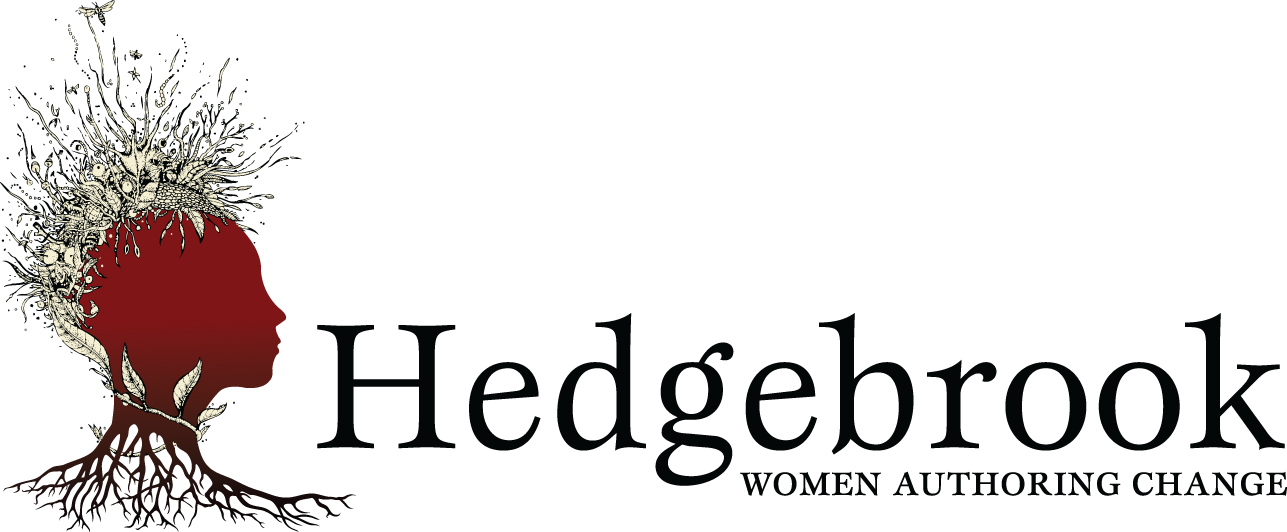The Beauty of a Hedgebrook Salon
Last month, I had the pleasure of being one of six workshop leaders at Hedgebrook’s December Salon, a day-long event at this writers retreat for women located on Whidbey Island, WA. The salon was an opportunity for women writers to partake in workshops, conversation, the famous Hedgebrook food and the capstone – a lively open mic.The workshops were held in the beautiful Hedgebrook cottages, each of which normally houses a single writer during a residency. A Hedgebrook residency in a cottage in the woods is writing bliss as the over 1,200 alumnae can attest. Occupants of these cottages have written poems, plays, and books in pleasurable solitude. For the workshops, a half dozen or more women writers in a single cottage made for a cozy union of ideas and an inviting place for sharing work.I led a workshop called “How Do You Drive Your CAR (Conflict, Action, Resolution)? My interest in the topic stems from my own pursuit of plot in my development as a writer. As someone who tended heavily toward exposition in her early writing hoping that something resembling story would emerge, I sought out conferences and workshops that might reveal the big secret to writing a story. I suppose what I really wanted was to understand how to achieve plot – easily. Over time I came to understand in more than an abstract way that for something to be a story, there needs to be even in the subtlest manner conflict, action and resolution—in other words, an answer to the question “and then what happened,” which we ask our friends when they are relating an event to us over coffee. Still, I’ve never found it particularly easy to put into practice in my stories. All the more reason for me to lead a workshop on it.For the workshop, I pulled together the notes relating to plot or the shape of a story from classes I’d taken from Tom Jenks, Chris Abani, Antonya Nelson, and others and used them to create a series of steps in which we mapped out the action in our stories. The hope was that in doing so, we would clarify for ourselves the “and then what happened” question.It seemed to work for some. For others, it may have deepened the mystification surrounding plot, but I’m convinced that the larger muddle is just a step away from breakthrough. I’d been puzzling over the narrative arc for my new novel and in the course of doing the exercises alongside the workshop participants, I had a sudden insight into how I might address my own particular problem.Whatever the degree of discovery we felt as a result of the exercises, I think there was certainly a benefit to talking about our work in a group. It was without question a delight to learn about the stories the workshop participants were writing. Equally fascinating was to find out who these women were in their lives beyond writing fiction: a lawyer, a therapist, an actor/director, a gardening expert, to name a few. There was also the young woman who still looked to be in her teens and who wrote her first novel when she was in the eighth grade. It was a privilege to meet and interact with these and other women during my two workshop sessions and during the social periods of the day.Another great pleasure was spending time with the five other workshop leaders, Erica Bauermeister, Carol Cassella, Laurie Frankel, Storme Webber, and my running and biking partner during our stay on the island, Maria Victoria. I enjoyed learning how they became writers, which writers they’ve read and admire, and where they are in their current projects.It was a beauty of a salon.Hedgebrook will offer a spring salon on April 27, 2013. And don’t miss Vortext, a weekend salon, May 31 to June 2, led by Dorothy Allison, Karen Joy Fowler, Elizabeth George, Jane Hamilton, Ruth Ozeki, and Gail Tsukiyama. This piece was originally posted on Donna's blog and can be accessed here.Hedgebrook supports visionary women writers whose stories and ideas shape our culture now and for generations to come. The opinions expressed here are not necessarily representative of the opinions of Hedgebrook, its staff or board members.
